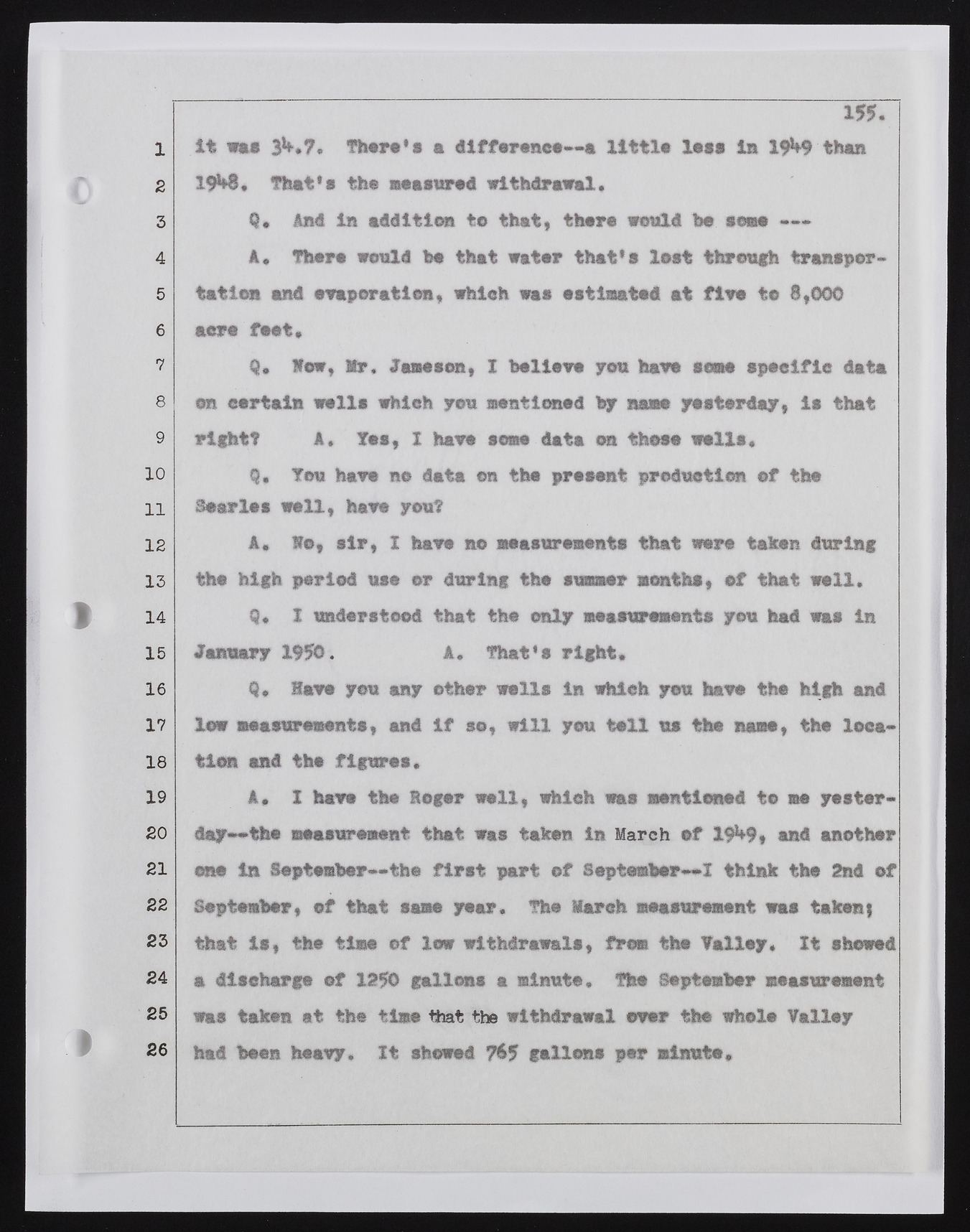Copyright & Fair-use Agreement
UNLV Special Collections provides copies of materials to facilitate private study, scholarship, or research. Material not in the public domain may be used according to fair use of copyrighted materials as defined by copyright law. Please cite us.
Please note that UNLV may not own the copyright to these materials and cannot provide permission to publish or distribute materials when UNLV is not the copyright holder. The user is solely responsible for determining the copyright status of materials and obtaining permission to use material from the copyright holder and for determining whether any permissions relating to any other rights are necessary for the intended use, and for obtaining all required permissions beyond that allowed by fair use.
Read more about our reproduction and use policy.
I agree.Information
Digital ID
Permalink
Details
Member of
More Info
Rights
Digital Provenance
Publisher
Transcription
1 2 3 4 5 6 7 8 9 10 11 12 13 14 15 16 17 18 19 20 21 22 23 24 25 26 it was 3b, 7. There * s a difference—a little less is 19^9 than 155. X9b8, That*e the measured withdrawal. Q, ini in addition to that, there would be some — 4* There would be that water that*s lest through transportation and evaporation, which was estimated at five te 8,000 acre feet, Q. flow, Hr. Jameson, X believe you have some specific data on certain wells which vow mentioned by name yesterday, is that right? A. fes, t have some data on those wells, Q. Ten have no data on the present production of the Searles well, have you? A, Ho, sir, X have no measurements that were taken during the high period use or during the summer months, of that well. Q, 1 understood that the only measurements you had was in January 1950. A. That*a right, Q, Have you any other wells in which you have the high and lew measurements, and If so, will you tell us the name, the location and the figures. A, X have the Boger well, which was mentioned to me yesterday—the measurement that was taken in March of 19bf, and another one in September—the first part of September—I think the 2nd of September, of that same year. The March measurement was taken$ that is, the time of low withdrawals, frees the Talley, It showed a discharge of 1250 gallons a minute. The September measurement was taken at the time that the withdrawal over the whole Talley had been heavy. It showed 7^5 gallons per minute.

